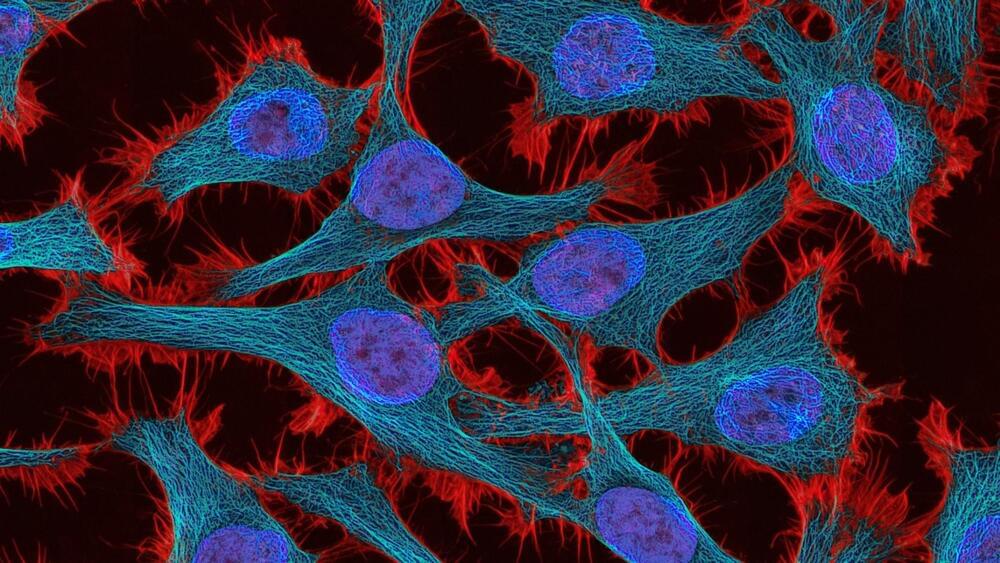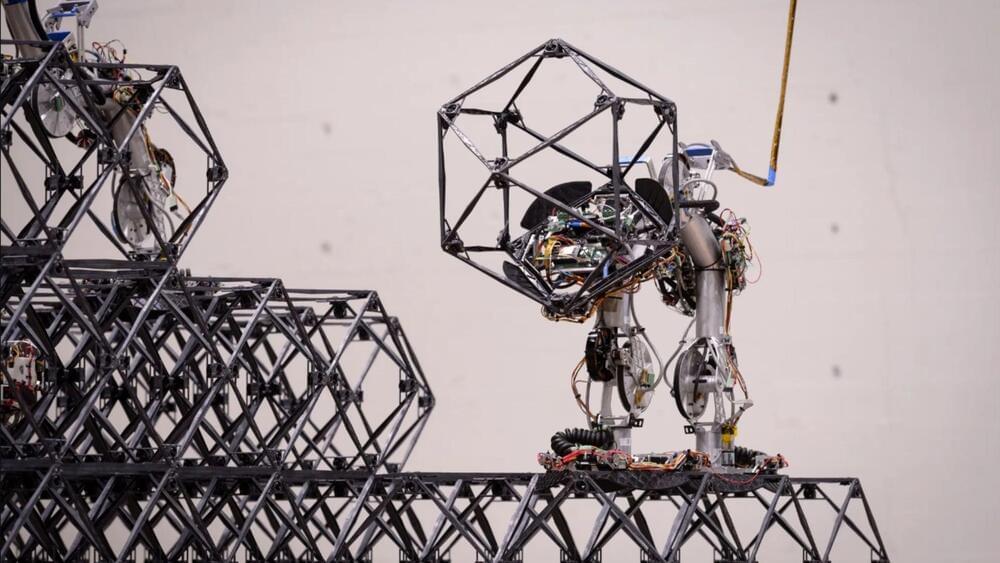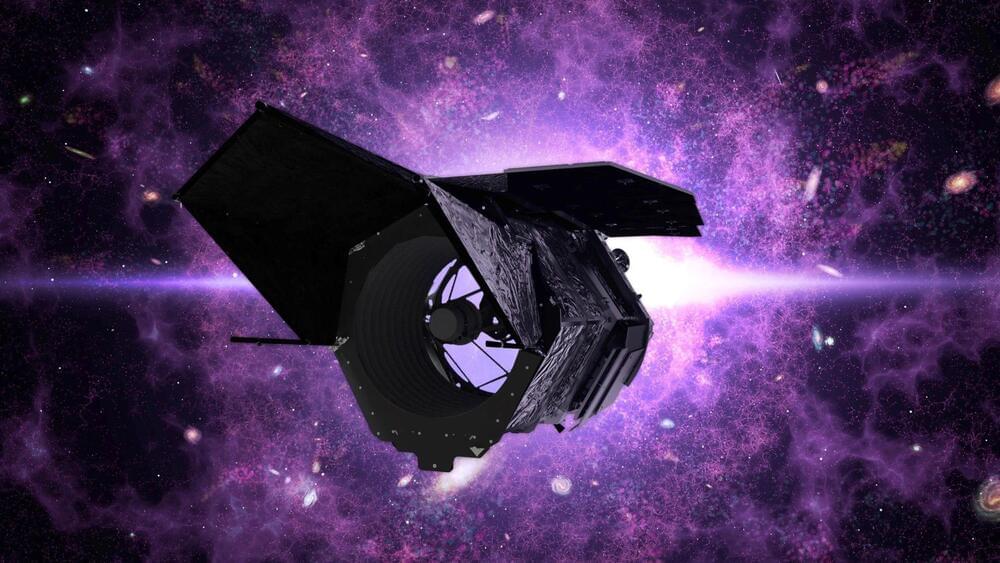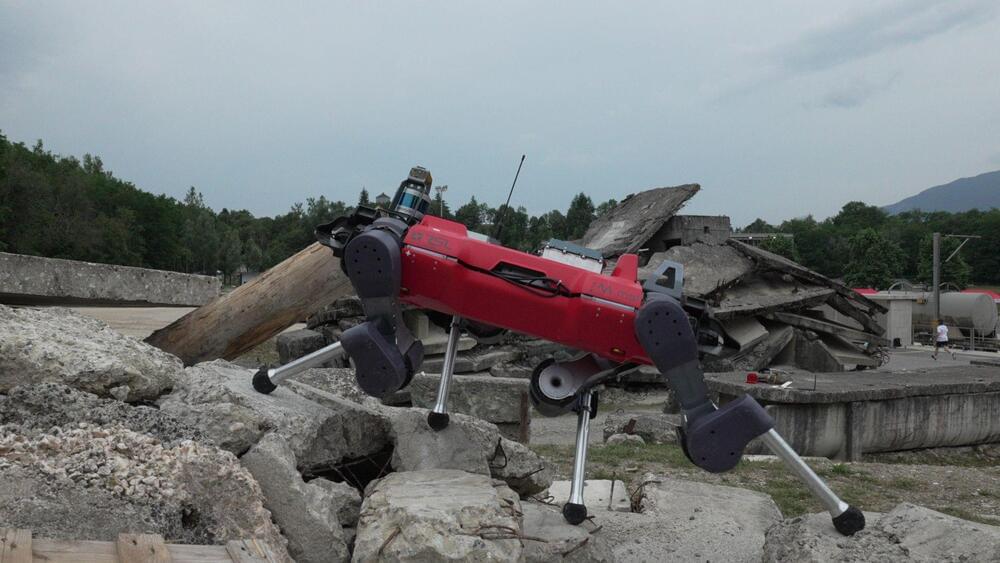AI becomes the decoder to predict treatment response.
Believe it or not, some types of cancers can grow resistant to chemotherapy.
Deciphering when cancer might toughen up against chemotherapy is pretty tricky. Even though researchers and doctors notice some hints and clues about resistance, predicting the exact moment is a bit like trying to hit a bullseye with a blindfold.
But in what could be a game-changer, scientists at the University of California San Diego School of Medicine revealed today in a study that a high-tech machine learning tool might just figure out when cancer is going to give the cold shoulder to chemotherapy.







